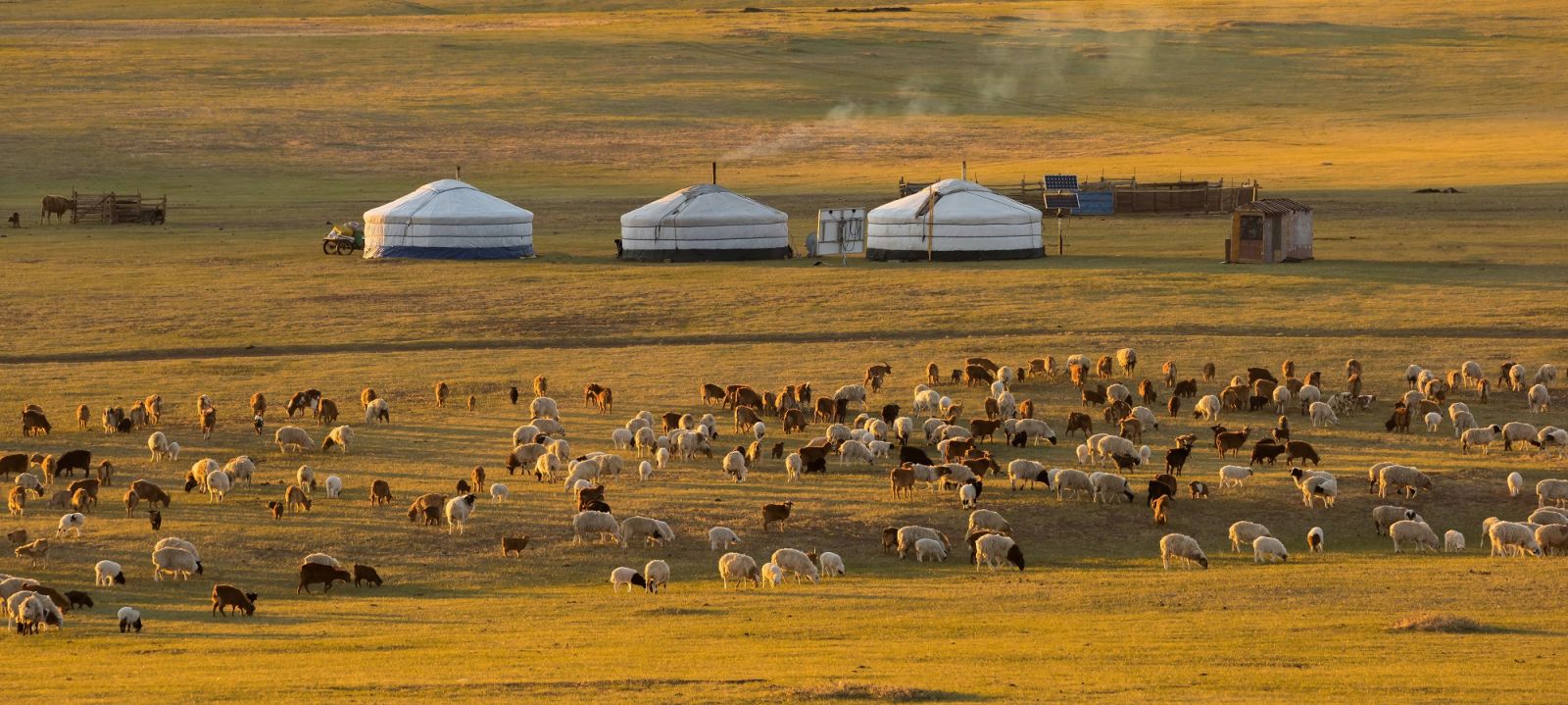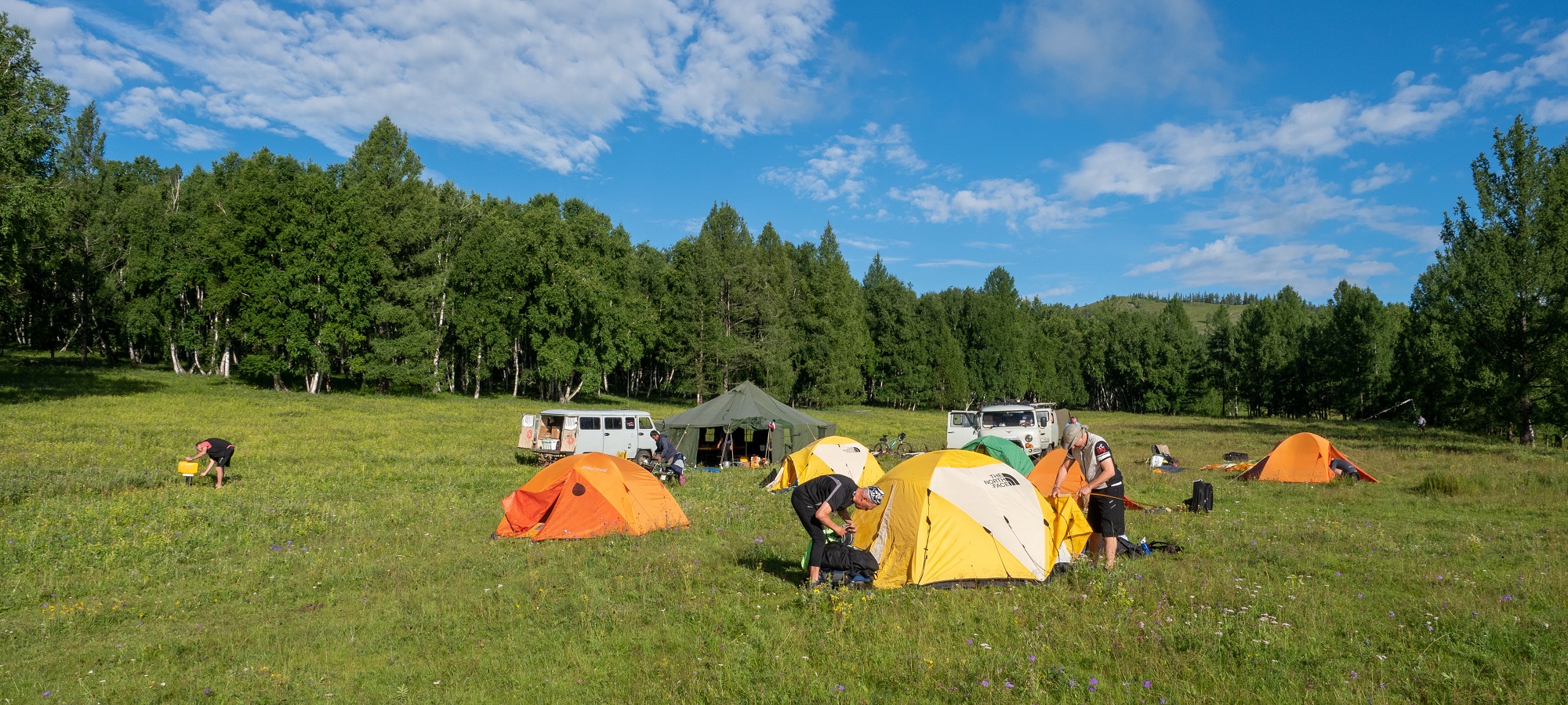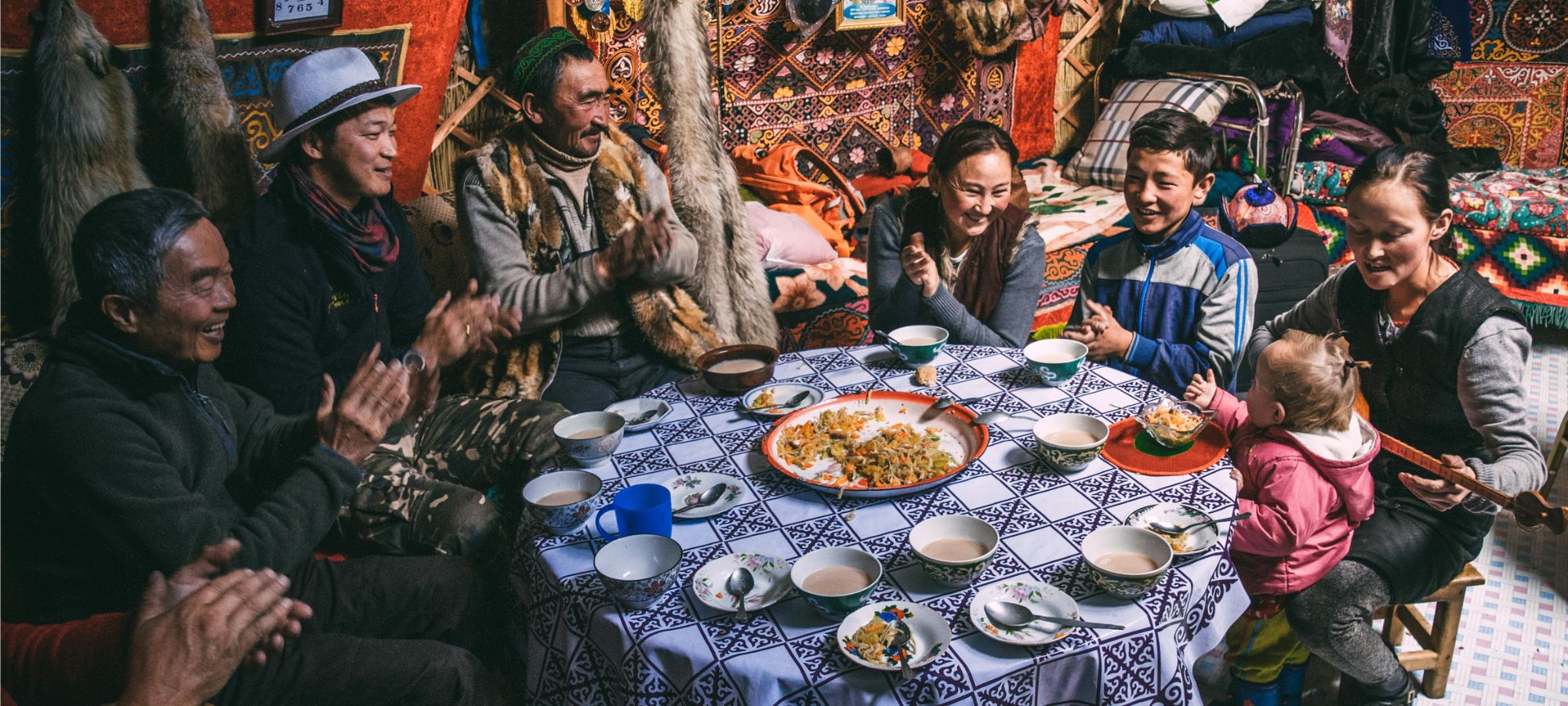Key Places:
Mongolia Bulgan Cycling Holiday
Mongolia Explorer
Ulaanbaatar
The development of mining in mineral rich areas surrounding Mongolia’s capital have seen the city develop over the last 15 years from a quiet, traditional principal city to a region buzzing with development and diversity. A literal gold rush. As well as industrial and commercial areas there are Ger districts on the outskirts of the city, where up to 800,000 nomads live in traditional tents.
Gandantegchinlen Monastery is Mongolia’s principal Buddhist temple. A gigantic gold-plated Buddha statue is the principal object of worship. Local worshippers dressed in traditional brightly coloured garments throng to the temple. The Tibetan Buddhist tradition, which spread to Mongolia in the 16th Century through the influence of the third Dalai Lama (Mongols gave him the title “Dalai,” a term which is now applied also to his predecessors.) The fourth Dalai Lama was a Mongol, and since the 17th century Mongolia has had its own equivalent to the Dalai Lama: Jebtsundamba Khutuktu. Gandantegchinlen Monastery was spared destruction by Soviet-backed regimes during religious-cultural purges. Since independence, renovating the Gandantegchilin has been a priority for the state.
Sükhbaatar Square named after Mongolia's revolutionary hero Damdin Sükhbaatar shortly after his death in 1923. In 2013 the square's name was changed to Chinggis Square in honor of Genghis Khan - the father of the nation. He rose to power uniting many of north east Asia's nomadic tribes and establishing the largest empire in the world in just 25 years, Genghis Khan’s horsemen conquered an area larger and greater in population than the Romans did in four centuries. Adjacent to the square, is the parliament building with a facade adorned by marble statues of Genghis Khan and his successors. The area throngs with newlyweds, reunification parties and the public in general, all eager for photo opportunities here for their celebrations.
The National Museum offers an overview of Mongolia’s history from stone age times to the modern era. Within the national museum is the Paleontology Museum of Mongolia containing artefacts such as dinosaur fossils, intact nests containing eggs, carnivores fighting herbivores and embryos still in their shells.
A visit to the Zaisan memorial in the south of Ulaanbaatar offers panoramic views of the city. Climb 300 steps to reach the memorial which features a circular painting depicting scenes of friendship between the people of the USSR and Mongolia.
Zandraa Tumen-Ulzii Museum. Tucked away on a side street on the eastern fringes of downtown Ulaanbaatar you will find the International Intellectual and Puzzle Museum. Mogolia has a history of puzzle-crafting and has created some of the world’s most difficult puzzles and chess sets. Shatar, a Mongolian version of chess, dates back to the Middle Ages. More modern burr puzzles (made from interlocking pieces of wood) can be traced back throughout the 1900s. Founded in 1990 as the nation’s first privately-owned museum by Tumen-Ulzii, a local toymaker, Zandraa Tumen-Ulzii is a shrine to games and magic from all over the world. The purpose of the museum is not just to catalogue the history of puzzles in Mongolia, but to remind visitors that curiosity and play are an important part of training the brain. Visitors to the museum are guided by a docent who performs magic tricks, watches you struggle with the puzzles, and reveals their solutions to you in a matter of seconds.
If you need assistance or wish to discuss the tour, please feel free to call us on +44 (0) 1463 417707.
Alternatively, you can email us on office@redspokes.co.uk for more information on this adventure holiday.
Key Places
There are several key places on our Mongolia Bulgan cycling holiday. Please choose from the following list for more information on each key place.
Customer Testimonial
"MONGOLIA Mountains and plainsGreen expanse,Rivers, creecks and water StearnsColorful artistically shaped clouds.Cattle roaming free,Sheeps and goatsHorses in speedy stampede,cows placidly grassingYaks, looking like cowswearing long warm coats,A Mongolian GERSparsely seen here..."
Eli Baron








.jpg)
.jpg)



.jpg)
.jpg)

.jpg)